I drink way more white wine in the summer than at any time of year, specifically sauvignon blanc and sparkling—perhaps understandably, given their clean, palate-cleansing, refreshing characteristics. (OK, I may occasionally employ them as actual thirst-quenchers when it’s like 30C and humid outside.)
As for bubbly option, there’s always that added celebratory sensation when drinking sparkling, as much as the industry has pushed hard to extract it from that niche and make Champagne and other fizzy wines a more habitual experience.
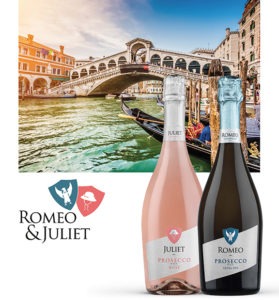 The traditional-styled production method of sparkling wines, typically combining Chardonnay, Pinot Noir and Pinot Meunier grapes, and where the second fermentation takes place in the bottle, admittedly leads to a more elegant end product. But it tends to be a pricey way to go, given the significantly increased time and effort required.
The traditional-styled production method of sparkling wines, typically combining Chardonnay, Pinot Noir and Pinot Meunier grapes, and where the second fermentation takes place in the bottle, admittedly leads to a more elegant end product. But it tends to be a pricey way to go, given the significantly increased time and effort required.
Which is why other, more inexpensive forms of sparkling wine remain popular, particularly Italian Prosecco. Produced in the Veneto region of Italy, Prosecco is made via the ‘tank method.’ That means that after the base wine is created (using the native Glera grapes), yeast and sugar are added to hulking steel tanks containing the wine. The tanks are then sealed to prevent the CO2 from escaping as the second fermentation takes place, creating the bubbles. And then it’s ready for drinking in a matter of months.
Featuring slightly bigger and less concentrated bubbles (it has less than half the PSI of a Champagne bottle) but more zip than traditionally made sparkling, Prosecco tends to be light on its feet and easy drinking—a little fruit, a little floral, a little minerality, lotsa fun.
And that’s what Majestic Wine Cellars Inc. had in mind when the Woodbridge-based agency recently added the complementary pair of Romeo & Juliet Prosecco to its portfolio and launched them at the LCBO earlier this month. Produced by Colli Vicentini winery in Italy, with whom Majestic has had a long relationship, the Prosecco duo has been rebranded for the Ontario market.
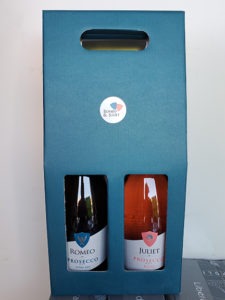
Romeo and Juliet will be available as a set for the Christmas holiday season, although only through the agent, Majestic Wine Cellars; not the LCBO.
The timing takes advantage of some big news out of Italy last year, when the country’s Prosecco producers unveiled a new category for their wines—Prosecco DOC Rosé. A DOC (Designation of Controlled Origin) in a big deal. It specifies both the production area as well as the methods by which a wine can be grown and made. It further guarantees a minimum quality standard (which includes a government taste test). In other words, it raises both the consistency and quality of what gets to be called Prosecco rosé. (You might say a rosé by any other name would not smell as sweet!)
So far, the LCBO has only accepted four rosé Proseccos onto its shelves, Juliet being one of them. And both of Majestic’s new offerings are off to a good start, with Romeo already backordered.
At $14.95, the price is attractive, and both wines are solid. (I actually preferred them on Day Two, after some of the froth had subsided, but there was still ample kick to the bubbles.)
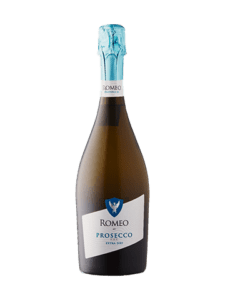 Romeo Prosecco — Veneto, Italy ($14.95)
Romeo Prosecco — Veneto, Italy ($14.95)
A green-tinged pale goldenrod in colour, look for subtle notes of green apple, lime, grapefruit and a wet-stone minerality on the nose. There’s a big-time frothy mousse to the palate, with a persistent zest. But it’s balanced, crisp and clean with just a hint of sweetness. Good value. 11.5% alc. 86
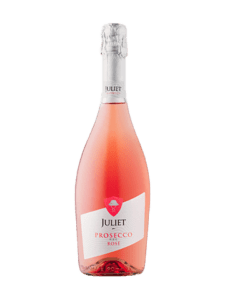 Juliet Prosecco Rosé — Veneto. Italy ($14.95)
Juliet Prosecco Rosé — Veneto. Italy ($14.95)
Featuring a blend of 85-90% Glera and 10-15% pinot nero (pinot noir), the colour is a watermelon pink. This is a more rounded composition than I expected for the price, with raspberry notes, and crisp and balanced in the glass. What little tartness there is meshes with the equally subtle sweetness. Pair it up with a seafood salad. 87


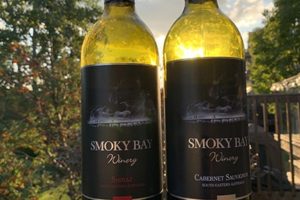

Leave a Reply
Your email is safe with us.